Marine grade aluminium checkered plate
Marine grade aluminium checkered plate (also known as tread plate, diamond plate, or floor plate) is a patterned aluminum sheet designed to provide slip-resistant surfaces, corrosion resistance, and a favorable strength-to-weight ratio for demanding marine environments.
Table of Contents
- Product Overview
- Features & Benefits
- Chemical Composition (Typical Alloys)
- Mechanical Properties (Typical Alloys)
- Technical Specifications
- Performance in Marine Environments
- Fabrication, Surface Finishes & Treatments
- Typical Applications and Use Cases
- Handling, Installation & Maintenance
- Selection Guide & Comparison to Alternatives
Marine grade aluminium checkered plate is manufactured from aluminium alloys specifically chosen for marine use — typically 5083, 5086, 5052, and occasionally 6061 (depending on needs). The checkered (raised pattern) surface provides anti-slip performance while the base alloy ensures excellent corrosion resistance in seawater and atmospheres. Plates are commonly supplied in thicknesses from 1.5 mm up to 12 mm (and thicker on request), widths and lengths to suit vessel decks, gangways, ramps, engine rooms, and architectural marine installations.
Features & Benefits
- High corrosion resistance in seawater and salt-spray atmospheres
- Lightweight compared to steel, reducing vessel weight and improving fuel efficiency
- Anti-slip patterned surface (improves safety under wet/oily conditions)
- Good formability and weldability for fabrication and repair
- Durable, with long service life in marine settings
- Non-magnetic and non-sparking in appropriate alloys (safety in specific applications)
- Recyclable and environmentally friendly
Chemical Composition (Typical Alloys)
The table below lists typical chemical compositions (percent by weight) for common marine-grade aluminium alloys used for checkered plate. Exact composition may vary slightly by producer and certification.
| Element / Alloy | 5052 (typical) | 5083 (typical) | 5086 (typical) | 6061 (for comparison) |
|---|---|---|---|---|
| Al (balance) | Bal. | Bal. | Bal. | Bal. |
| Mg | 2.2–2.8% | 4.0–4.9% | 3.5–4.5% | 0.8–1.2% |
| Si | 0.25% max | 0.4% max | 0.4% max | 0.4–0.8% |
| Fe | 0.4% max | 0.5% max | 0.5% max | 0.7% max |
| Cu | 0.1% max | 0.1% max | 0.1% max | 0.15–0.4% |
| Mn | 0.1–0.5% | 0.4–1.0% | 0.2–0.8% | 0.15–0.4% |
| Cr | 0.15% max | 0.05–0.25% | 0.05–0.25% | 0.04–0.35% |
| Zn | 0.25% max | 0.25% max | 0.25% max | 0.25% max |
| Ti | 0.15% max | 0.2% max | 0.2% max | 0.15% max |
| Others | trace | trace | trace | trace |
Notes:
- 5083 and 5086 are preferred for high-strength marine applications due to higher Mg content and excellent corrosion resistance.
- 5052 is more formable and often used where moderate strength and excellent corrosion resistance are required.
- 6061 is stronger and heat-treatable but less corrosion resistant in seawater than 5xxx series; sometimes used for structural components with protective coatings.
Mechanical Properties (Typical Alloys & Tempers)
The mechanical properties vary with alloy and temper. Typical values (approximate) are shown below. Always verify with material certificates for critical use.
| Property | 5052-H32 | 5083-H111 | 5086-H32 | 6061-T6 |
|---|---|---|---|---|
| Yield Strength (MPa) | 120–145 | 215 | 195–215 | 275–310 |
| Tensile Strength (MPa) | 205–240 | 300–350 | 275–350 | 310–350 |
| Elongation (%) | 7–12 | 10–20 | 10–18 | 8–12 |
| Density (g/cm³) | 2.68 | 2.66 | 2.66 | 2.70 |
| Hardness (Brinell HB) | 50–65 | 70–95 | 65–90 | 95–115 |
Notes:
- H-temper designations indicate strain-hardening and some stabilisation. Properties may be different for annealed tempers.
- Marine checkered plate is frequently supplied in H11/H32/H111 tempers depending on forming and strength needs.
Technical Specifications
Common sheet dimensions, tolerances, and pattern details for checkered plate. Manufacturers may offer custom sizes; the following are representative.
| Parameter | Typical Value / Range |
|---|---|
| Standard Thickness | 1.5 mm to 12 mm (common: 3, 4, 5, 6 mm) |
| Standard Widths | 1000 mm, 1250 mm, 1500 mm, 2000 mm (custom widths available) |
| Standard Lengths | 2000 mm, 2440 mm, 3000 mm, 6000 mm (cut-to-length available) |
| Pattern Type | 1-bar, 2-bar, 5-bar diamond/checker patterns |
| Raised Pattern Height | 0.5–1.5 mm (varies with thickness & manufacturer) |
| Surface Finish | Mill finish, brushed, anodized, painted (PVDF/Polyester) |
| Flatness Tolerance | As per standard (ISO/ASTM) or customer specification |
| Straightness Tolerance | As per standard or customer requirement |
| Edge Condition | Cut, mill-edge, deburred |
| Protective Coating for Shipping | VCI film, plastic film, or interleaving paper |
Certifications commonly available: ISO 9001, EN (European), ASTM (American) material standards (e.g., ASTM B209 for aluminium sheet and plate), and marine approvals upon request.
Performance in Marine Environments
- Corrosion Resistance: 5xxx series alloys (5052, 5083, 5086) exhibit excellent resistance to seawater and saline atmospheres due to higher magnesium content and stable oxide film formation. They resist pitting and crevice corrosion better than many other aluminium alloys.
- Fatigue & Strength: 5083 and 5086 provide higher strength and good fatigue resistance for deck plates and structural members. 5052 offers better forming characteristics with moderate strength.
- Anti-Slip Performance: Raised checkered pattern increases friction coefficient under wet/oily conditions, improving safety for crew and passengers.
- Thermal & Electrical Conductivity: Aluminium provides good thermal conductivity for heat dissipation; electrically conductive but non-ferromagnetic (important for certain marine instrumentation).
- Weight Savings: Compared with steel plates of equivalent load capacity, aluminium checkered plates are typically 30–60% lighter, reducing overall vessel weight and improving fuel economy.
Fabrication, Welding & Surface Treatments
Fabrication:
- Cutting: Shearing, plasma, waterjet, laser (depending on thickness).
- Forming: Bending and light rolling are possible; note pattern height and temper affect formability.
- Joining: Mechanical fastening (rivetting, bolts) commonly used for deck plates; welding (TIG/MIG) feasible for 5xxx and 6xxx series with proper procedures.
Welding notes:
- 5xxx series weld well with appropriate filler (e.g., 5356 for 5xxx alloys).
- Avoid using 4xxx filler that introduces brittle phases unless specified.
- Heat input control and pre/post procedures ensure minimal distortion and maintain corrosion resistance.
Surface Treatments:
- Anodizing: Improves corrosion resistance and appearance (limited thickness due to pattern).
- Painted/Coated (PVDF, polyurethane): Adds abrasion and UV resistance; useful for aesthetic or extra protection.
- Non-skid coatings: Applied over the pattern for extreme slip resistance.
- Anti-fouling undercoats may be applied for submerged components (consult coating manufacturer for compatibility).
Typical Applications and Use Cases
- Vessel decks, walkways, gangways, and ramps
- Pilot houses, superstructures, and accommodation area flooring
- Boat interiors and engine room platforms
- Stairs, ladder treads, and platforms on offshore installations and rigs
- Fishing vessels, ferries, and workboats where deck safety and corrosion resistance are critical
- Shore-based marine facilities: docks, catwalks, floating platforms
- Architectural marine-style installations (coastal buildings, promenades)
- Truck bed liners, trailers, and utility vehicle floors where a marine alloy is desired for corrosion resistance
Handling, Installation & Maintenance
Handling:
- Use protective packaging to avoid scratches and embedment of contaminants.
- Lift with slings, spreader bars, or mechanical handling equipment; avoid bending or point loading.
- Store flat, protected from direct prolonged seawater exposure until installed.
Installation:
- Seal joints with compatible marine sealant where water ingress must be avoided.
- Use stainless steel fasteners to avoid galvanic corrosion when attaching to dissimilar metals; consider insulating washers or coatings.
- Provide drainage and avoid trapped seawater to prevent crevice corrosion.
Maintenance:
- Regular rinse with fresh water to remove salt deposits.
- Inspect for mechanical wear, fretting at fasteners, and damage to protective coatings.
- Repair scratches and damage promptly; recoat or anodize affected areas where necessary.
Selection Guide & Comparison to Alternatives
Selection pointers:
- For best marine corrosion resistance and higher strength: 5083 or 5086.
- For superior formability and moderate strength: 5052.
- For structural pieces requiring heat-treatable strength with protective coating: 6061 (use with caution in direct seawater).
- Choose pattern type and thickness based on loading, foot traffic, and slip resistance requirements.
Comparison to steel:
- Aluminium: Lower weight, excellent corrosion resistance (with appropriate alloy), non-magnetic, easier handling; more expensive per kilogram.
- Steel (galvanized/stainless): Higher strength per thickness, potentially lower initial cost (carbon steel) but heavier and may require more maintenance; stainless steel offers superb corrosion resistance but significantly heavier and costlier.
Example Technical Data Sheet (Sample Product)
| Item | Value |
|---|---|
| Product Name | Marine Grade Aluminium Checkered Plate |
| Typical Alloy | 5083-H111 / 5052-H32 |
| Standard Thicknesses | 3 mm, 4 mm, 5 mm, 6 mm |
| Standard Widths | 1250 mm, 1500 mm, 2000 mm |
| Standard Lengths | 2440 mm, 3000 mm, 6000 mm (cut-to-length) |
| Pattern | 5-bar diamond, 2-bar raised checker |
| Surface Finish | Mill finish / Brushed / Anodized / Painted |
| Weight (example) | 5 mm thickness → 13.3 kg/m² (approx, based on density 2.66 g/cm³) |
| Typical Uses | Decking, walkways, ramps, platforms |
| Certifications | ASTM B209, ISO 9001 (subject to supplier) |
Calculation note: Weight per m² = thickness (mm) × density (g/cm³) × 1 (m²) / 1000 → for 5 mm: 5 × 2.66 / 1 = 13.3 kg/m².
Safety & Environmental Considerations
- Aluminium is recyclable and environment-friendly; recycling reduces energy consumption vs. primary production.
- When machining or grinding, collect dust and chips; follow workplace safety for aluminum dust (combustible in certain conditions).
- Use personal protective equipment during cutting, welding and finishing.
- Watch for galvanic corrosion when contacting dissimilar metals; isolate with coatings or insulating materials.
Marine grade aluminium checkered plate is an excellent material choice for many marine and coastal applications due to its combination of corrosion resistance, lightweight, anti-slip surface, and ease of fabrication. Selection among alloys such as 5052, 5083, and 5086 depends on the balance of strength, formability and environmental exposure. Proper handling, appropriate welding/fabrication practices, and suitable surface treatments will ensure long-lasting, safe, and cost-effective performance.
Related Products
Marine 5059 aluminum plate
Marine 5059 Aluminum Plate is distinguished by its high magnesium content and carefully balanced alloying elements, designed to maximize strength without compromising corrosion resistance.
View DetailsMarine 5086 aluminum plate
5086 Aluminum Plate belongs to the 5xxx series of aluminum-magnesium alloys. Its hallmark is a high magnesium content—generally between 4.0% and 4.9%—which delivers enhanced corrosion resistance, particularly against saltwater and marine atmospheric conditions.
View DetailsMarine 5052 aluminum plate
Marine 5052 Aluminum Plate is noted for its exceptional resistance to corrosion caused by seawater, salt spray, and marine atmospheres.
View DetailsMarine 5383 aluminum plate
The 5383 aluminum alloy belongs to the 5xxx series of aluminum-magnesium alloys known for remarkable resistance to marine corrosion and high strength.
View DetailsMarine heavy duty aluminum plate
Marine Heavy Duty Aluminum Plates Sheets generally refer to thick aluminum alloy plates and heavy gauge sheets produced from marine-grade alloys such as 5083, 5086, 5059, and 5383.
View DetailsMarine 5083 aluminum plate
Marine 5083 Aluminum Plate belongs to the 5xxx series of aluminum-magnesium alloys and is classified as a non-heat-treatable alloy. Its high magnesium content (typically 4.0–4.9%) enhances its corrosion resistance, especially against seawater-related degradation such as pitting and stress corrosion cracking.
View DetailsRelated Blog
5083 0.5mm aluminum plate sheet for marine
5083 0.5mm aluminum plate sheet is a thin, high-strength marine-grade alloy offering excellent corrosion resistance, good weldability, and superior formability. Ideal for shipbuilding, boat decking, marine fittings, and coastal structures.
View Details7075 auminum marine plates hard aluminum plates
7075 aluminum marine plates are high-strength, durable, and corrosion-resistant aluminum alloy plates predominantly used in demanding marine environments. Known for their mechanical properties.
View DetailsAluminum Alloy Plate 5083 H24 for Marine
OverviewAluminum Alloy Plate 5083 H24 is a high-performance material widely favored in marine engineering due to its excellent combination of high strength, exceptional corrosion resistance, and good weldability.
View Details6061 T6 T651 Marine Grade Aluminum Plate Sheet
When it comes to selecting the ideal material for marine applications, nothing quite matches the balanced strength, corrosion resistance, and versatility of the 6061 T6 T651 marine grade aluminum plate sheet.
View Details7.5 mm marine grade 5083 h16 h22 aluminium sheet plate
Marine environments are notoriously harsh, subjecting materials to saltwater corrosion, mechanical stress, and temperature fluctuations. Among the materials engineered to withstand these conditions, 7.
View DetailsMarine grade aluminium checkered plate
Marine grade aluminium checkered plate (also known as tread plate, diamond plate, or floor plate) is a patterned aluminum sheet designed to provide slip-resistant surfaces, corrosion resistance.
View Details

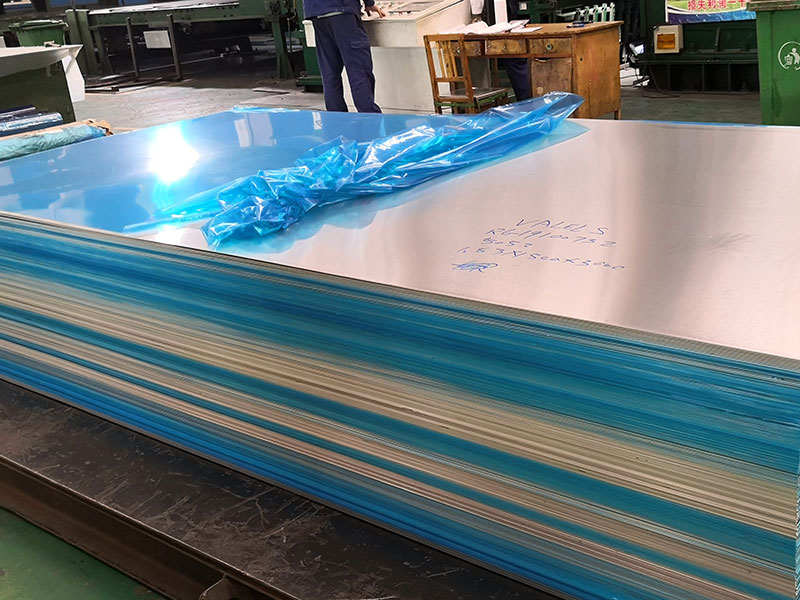
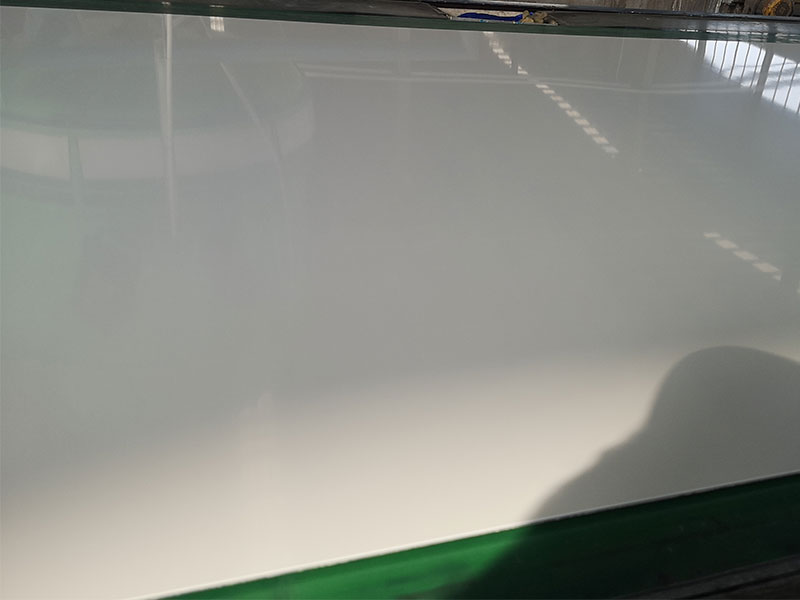
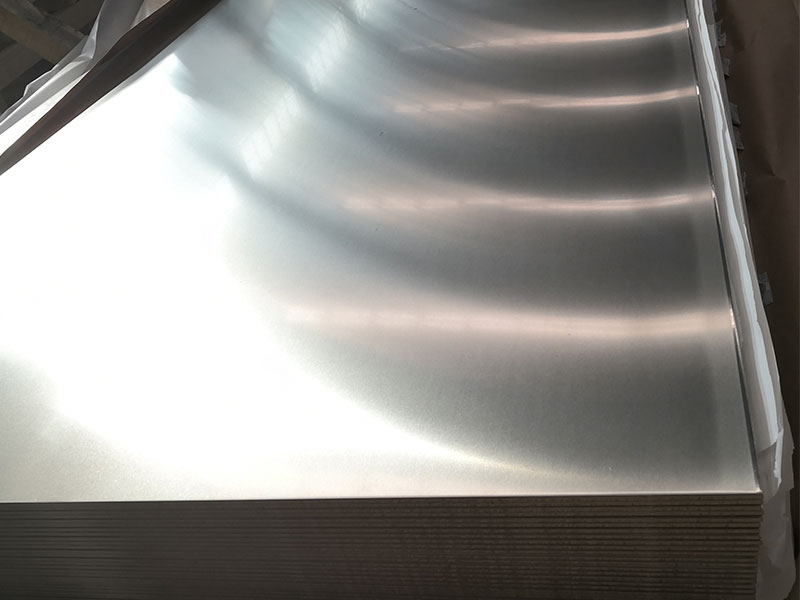
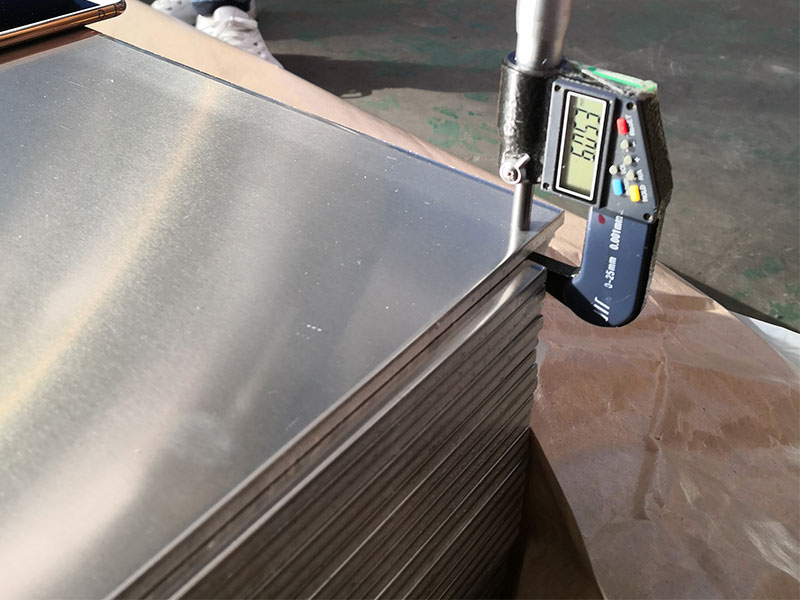
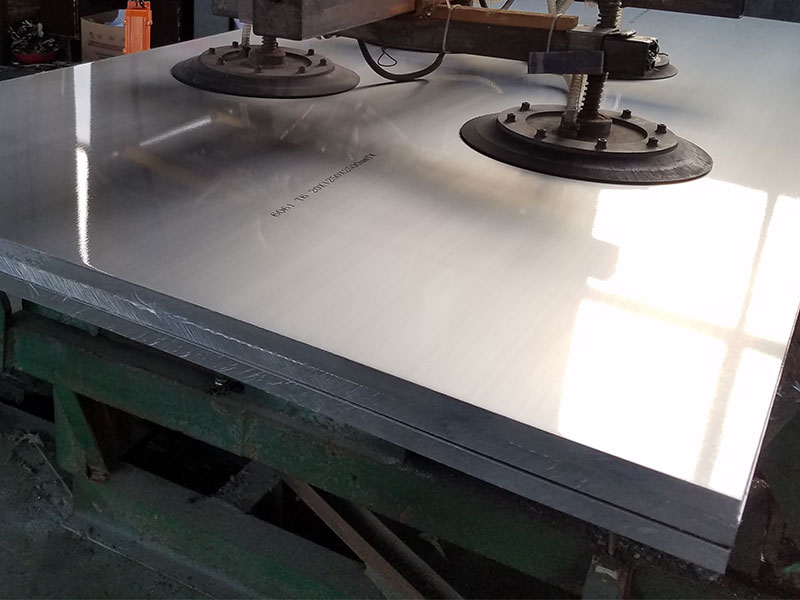
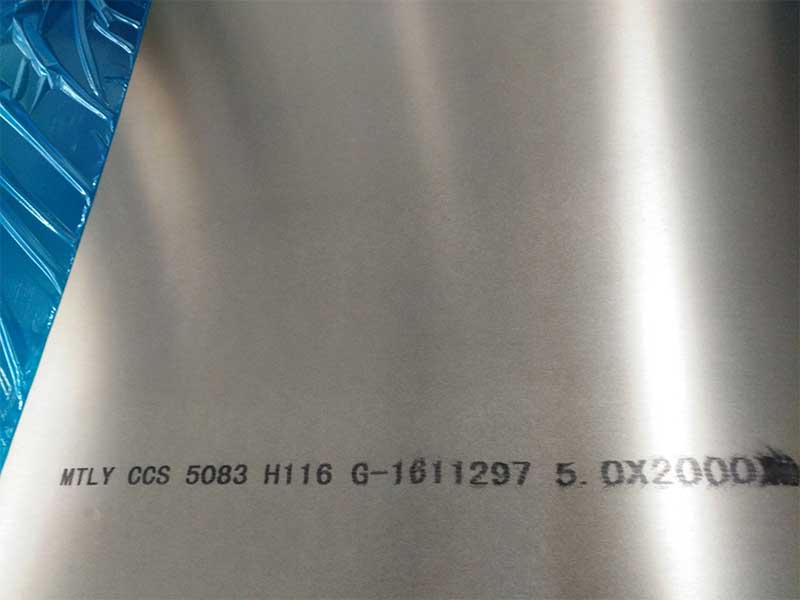






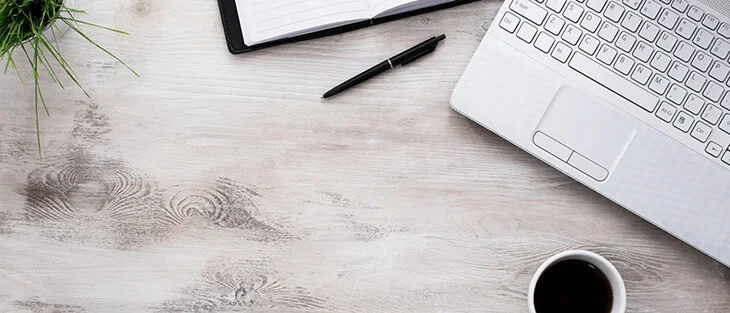
Leave a Message